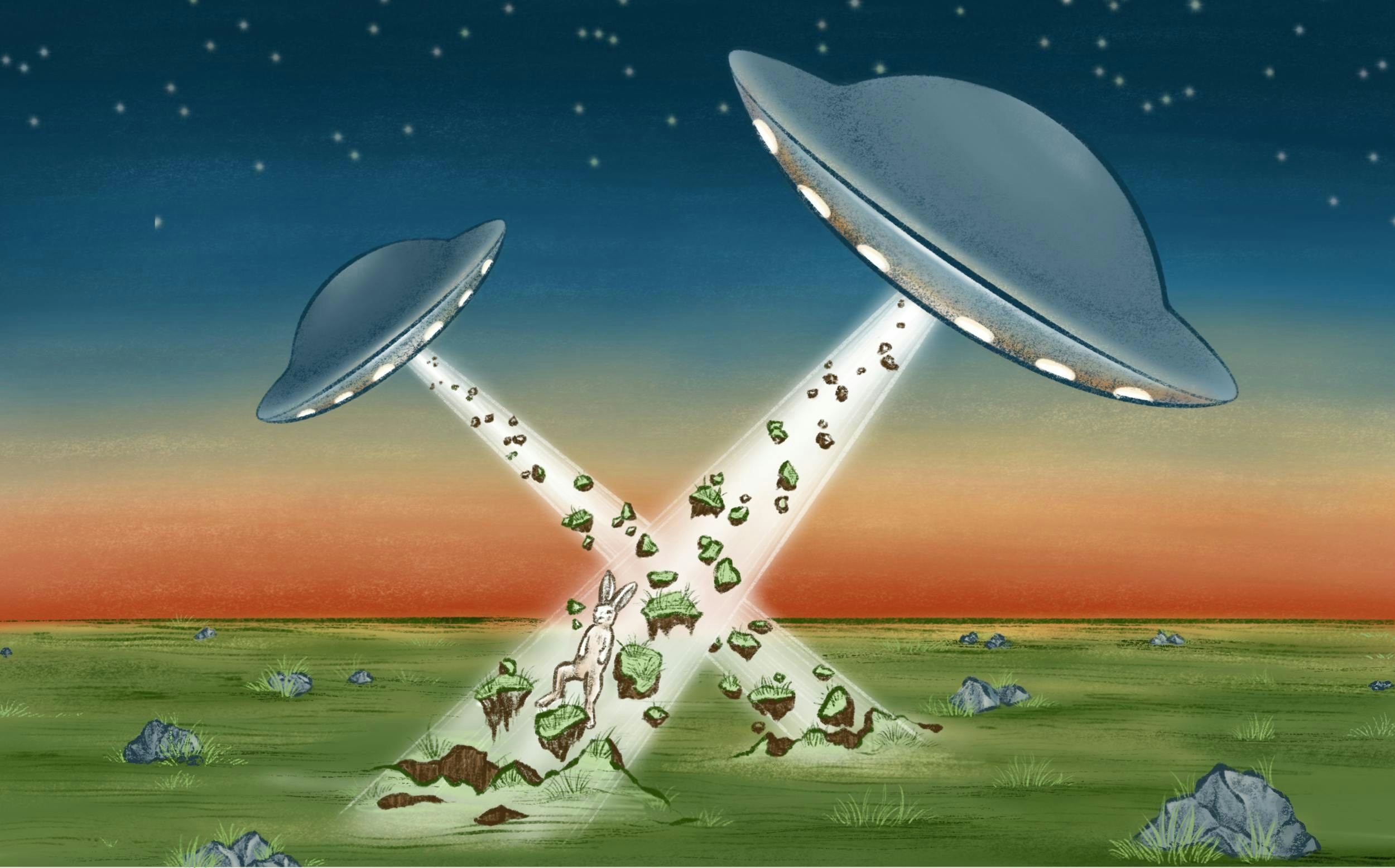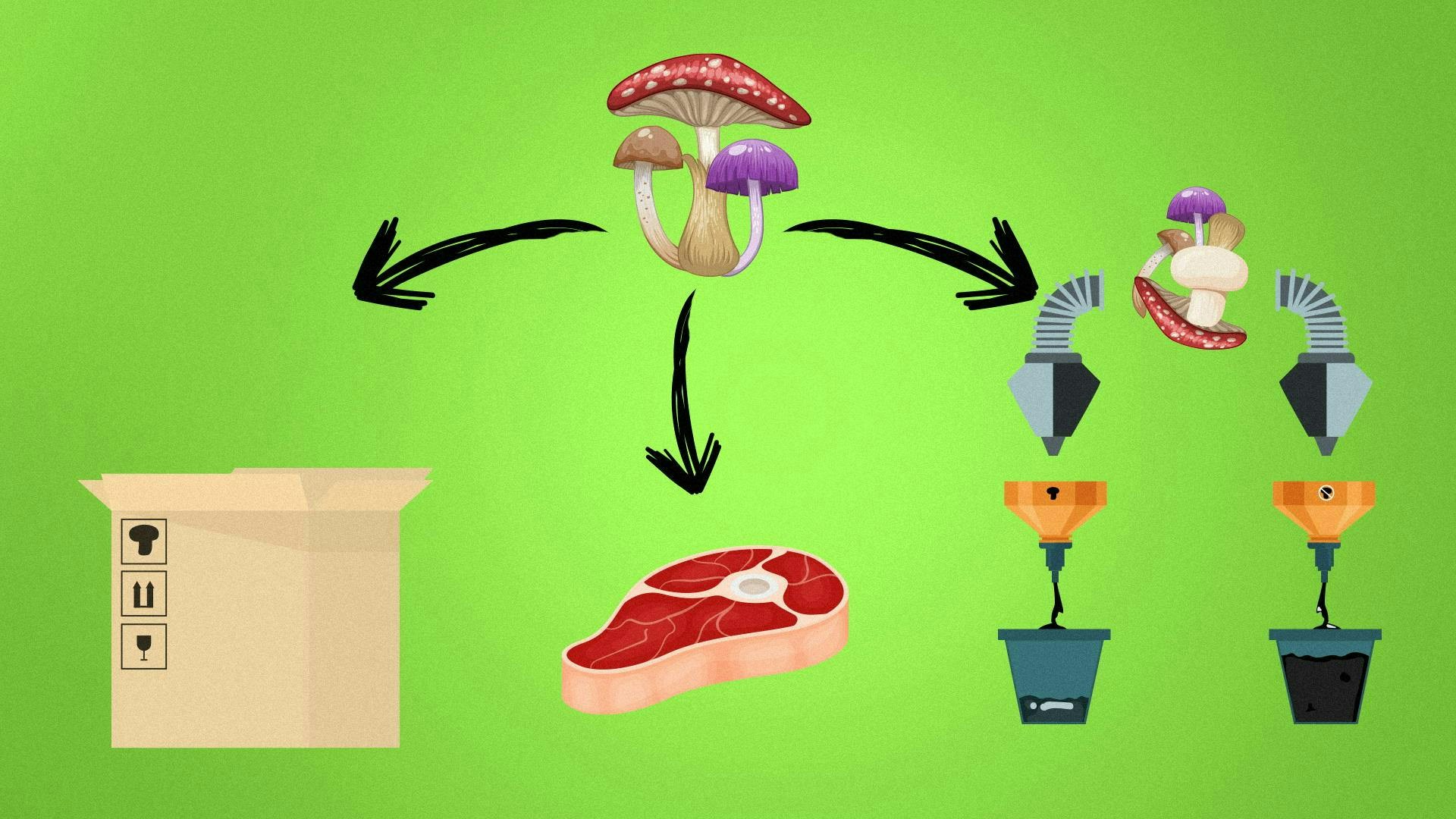Not just sci-fi: Tractor beams

TOPICS
ForesightWhat in the name of tech is a tractor beam?
Beam me up, Scotty!
You've undoubtedly heard this phrase from Star Trek in reference to the famous "tractor beam," a staple of science fiction. One can often be seen pulling smaller spaceships into the maws of bigger ones, or drawing unwitting earth creatures into the air in a mysterious shaft of light.
Colloquially, the term itself can be used to express a desire to escape and hide ... but it also refers to an emerging science.
Tractor beams use energy that is acoustic or magnetic—but most often optical (ex. laser light)—to attract objects. This is challenging; most scientific work in optical manipulation relies on the natural direction of light propagation, which tends to push objects away.
But by carefully shaping a beam, the net force exerted by light can be directed toward a source, effectively trapping and pushing an object in its direction. This usually requires a combination of effects, such as gradient force (which pulls particles into regions of higher light intensity) and scattering force (which tends to push particles in the direction of light propagation).
FACT: NASA COULD USE TRACTOR BEAMS TO VACUUM COMET TAILS
NASA's been working on the technology for over a decade, but not for the applications you'd imagine: Researchers are considering tractor beams—dubbed “laser-based optical traps”—for “remote sampling of interplanetary and atmospheric particulate matter.” Translation: Tractor beams could be handy for gathering particles, like dust, in space. The advantages they offer are substantial compared to existing dust-gathering space tools. Tractor beams promise longer ranges, fewer moving parts, and non-destructive manipulation of delicate samples.
Imagine one vacuuming up samples from a comet tail. How cool would that be?
WHEN WILL WE GET BEAMED UP?
We're unlikely to live long enough to see a Star Trek-style beam spiriting cows and cars off the ground, but you might see doctors apply them in surgery. The added value of tractor beams lies in how they could facilitate touchless manipulation of minuscule objects with high precision … making them perfect for medical applications. They could be used for targeted drug delivery, or moving kidney stones without physical contact, reducing contamination risks.
Laser traps are also considered for manufacturing, especially in space, where the remote manipulation of delicate tiny parts in a complex environment is required.
Potential is immense, but the technology is still emerging. L’Atelier’s data reveals the term “tractor beam” entered academic usage in the 2000s, but studies really only took off in the 2010s. Historically, researchers have only managed to pull microscopic items at very short distances.
For tractor beams to serve the aforementioned applications, the technology must scale from micro to macro. This year is paving the way for primetime: In January, researchers at the QingDao University of Science and Technology reported the first successful experiment for pulling macroscopic objects with an optical tractor beam! Because their approach works best in a rarified gas environment, they hope the discovery could be used for vehicle manipulation on Mars. (We hope their success will lead to more macro-sized experimentation.)
No longer the stuff of just novels, tractor beams have beamed themselves into our labs. This once-fanciful technology is not just sci-fi.
In "Not just sci-fi," Nathalie Béchet breaks down the research reality and market potential of technologies that capture our imagination. Check out previous pieces on claytronics and aerographene.
13 Jul 2023
-
Nathalie Béchet
Illustration by Mariah Quintanilla.
Get the future in your inbox.
02/03
Related Insights
03/03
L’Atelier is a data intelligence company based in Paris.
We use advanced machine learning and generative AI to identify emerging technologies and analyse their impact on countries, companies, and capital.


